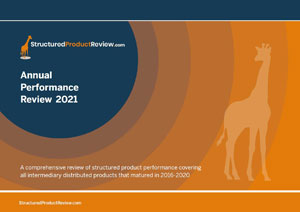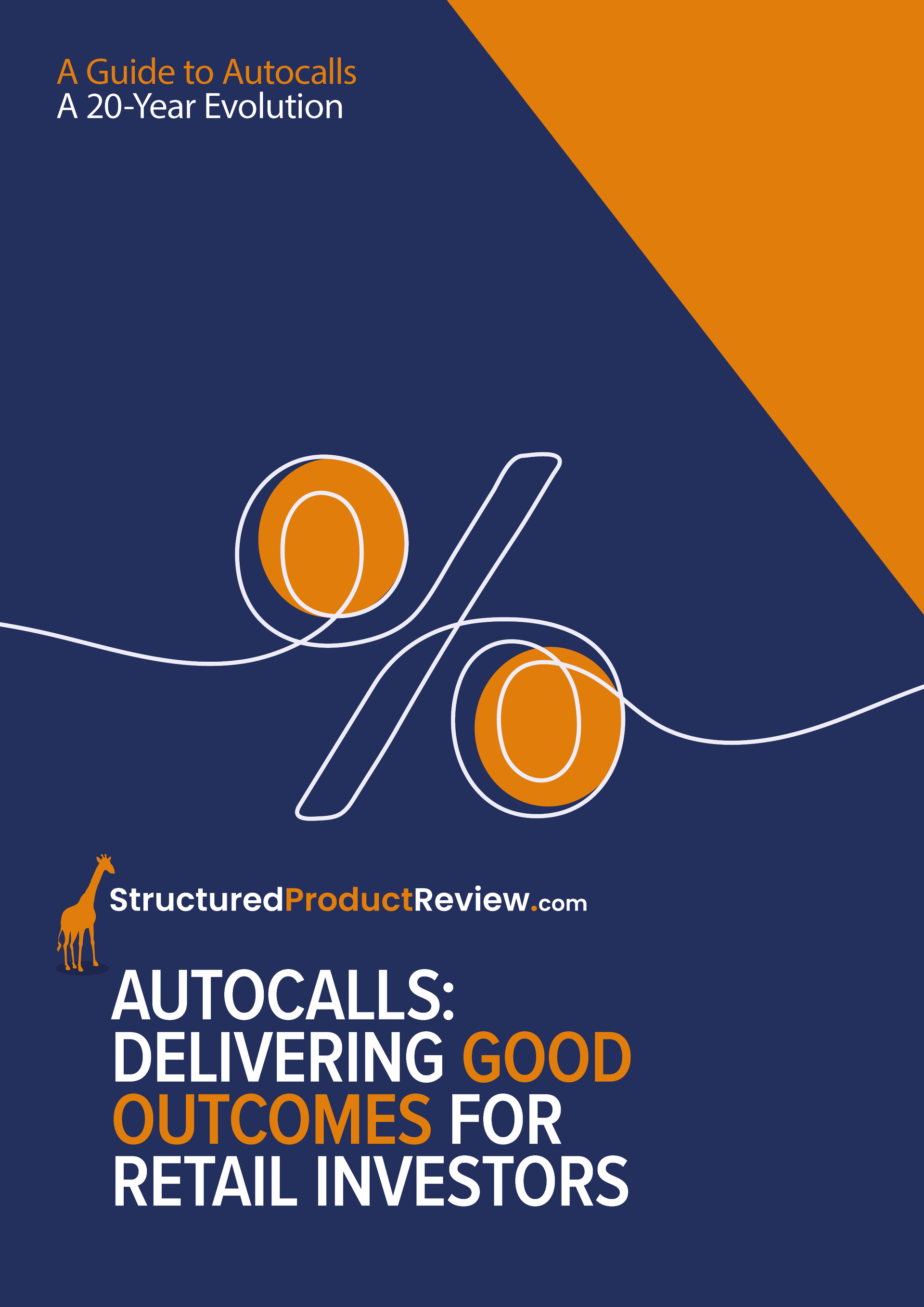Max Darer, Lowes Financial Management, 24/05/2023
The Bank of England has raised interest rates to their highest level since the Global Financial Crisis in a battle to combat one of the highest inflation rates in the G20. Previously we saw decades of low inflation and the last decade was one of close to zero interest rates providing ‘cheap’ money. With uncontrollable price increases has come a regime change, giving central banks some tricky decisions and with that, uncertainty in the economy and markets.
The current Bank of England base rate is 4.5%, a level last seen in October 2008. By design, rates this high greatly affect the cost of borrowing whilst rewarding savers. With changes in interest rates comes changes in the yield curve.
The yield curve gives an insight into the term structure of interest rates, the interest obtained for investing in different maturities. It is important to pay attention to the shape of the yield curve as this helps to give us an understanding of what future interest rates may look like.
A normal, upward sloping yield curve would suggest that higher interest is paid for those locking up funds for a longer period – they are compensated for investing for a longer period.
The below chart shows snapshots of yield curves at the end of April for 2021, 2022 and 2023 of the spot rates on different terms of UK Gilts from 6 months to 10 years. The interest rate applicable on a particular day on a n-year risk free nominal loan. Gilts are risk free at maturity on the basis that the UK government does not fail to pay its debt/ does not default, whilst this is unlikely, it is not impossible. As of April 2023, Standard & Poor’s gives the UK sovereign credit rating as AA – very strong capacity to pay, with stable outlook.
Source: ONS
The April 2021 and 2022 yield curves demonstrate normal yield curve shapes with higher rates given to longer terms investments, what April 2023 shows is an inverted yield curve, with shorter term yields higher than longer term, indicating that the economy is about to enter a recessive period and an expectation of falling interest rates in the future.
Source: StrucutredProductReview.com
The above chart shows the average potential coupon for at the money autocalls utilising the FTSE 100 index as the underlying striking in March and April 2021, 2022 and 2023, divided into capital at risk (CaR) and deposit plans.
The difference in autocall coupons over the periods, although to a lesser degree than deposit coupons, still shows a noticeable change. Possibly the increase could be explained by a greater impact of FTSE volatility on the pricing of these products, as implied volatility is a key determinant of the pricing. When high, investors receive a larger premium for taking on investment risk from increasingly adverse market conditions.
With deposit based plans the investment risk is not as prevalent since capital is guaranteed at maturity regardless of the movement in the underlying therefore it suggests the great increase in advertised coupons is due to the higher funding rates from the jumps in the yield curve. From April 2021 the average annual advertised coupon has almost tripled.
|
Average annual advertised growth rate of plans with strike date in March and April |
||
|
CaR FTSE Only ATM Autocall |
FTSE Only Deposit Plans |
|
|
2021 |
7.69% |
2.16% |
|
2022 |
7.74% |
3.22% |
|
2023 |
9.08% |
6.18% |
Source: StrucutredProductReview.com
For the maturity of 5 years the yield curve in April 2023 implied 3.62% spot rate, compared to 1.69% in April 2022 and just 0.4% in 2021. The table above shows the average advertised coupons offered by the two sub categories of plans.
Also noteworthy is that average maximum term for FTSE 100 only deposit plans was 5.7 years in 2021, 6.23 years in 2022 but just 4.2 years in 2023. With higher short term rates, there is less need to look further down the curve for higher rates, let alone when the yield curve is inverted and shorter terms are offering better rates and therefore an uptick in higher offers of shorter term deposit plans.
Shorter terms plans are more prevalent given the yield curve – however from a logical/ investors point of view we would always argue that a longer term plan with a greater number of opportunities to kickout/mature give investors a greater chance of a positive result.
Structured investments put capital at risk.
Past performance is not a guide to future performance.
Also in this section
- 2,000 and counting
- Q2 2024 maturity results
- 20 years of autocall maturities
- Product focus - June 2024
- Fixed income or interest?
- Maturities of the month - May 2024
- The barrier debate - revisited
- Product focus - April 2024
- Maturities of the month - April 2024
- Time to call
- I don't believe markets are ever too high for Structured products!
- Notes on counterparty exposure
- Return of Nikkei
- Q1 2024 issuance
- Q1 2024 maturity results
- Structured Products – AAAAAGH!
- Hop in CIBC
- Re-enter Santander
- How to build a financial fortune - revisited
- Issuance in 2023
- Where's the risk?
- Questionable offerings
- Challenging the case against structured products - 'Loss of dividends'
- Navigating the investment landscape
- Challenging the case against structured products - Counterparty risk
- 6-year autocalls approaching final destination
- 1,750 FTSE capital at risk autocall maturities
- The leopard that changed her spots
- Q3 2023
- Challenging the case against structured products - Keydata
- Dilemmas for UK IFA's and the unique role of Structured Products
- 'High charges'
- Precipice bonds
- Intro
- FTSE 100 Contingent Income
- Indexing the indices
- Something different
- Investing through volatility
- 100 10:10s
- The best or worst?
- The 10%/25% 'Rule' that never was
- Structured products and the yield curve
- Fixed income: Capital at risk?
- Prospects for UK inflation - and fun with A.I!
- The Barrier Debate
- More Deposits for now
- Last of the Americans
- What if?
- Time heals all wounds, we hope...
- How to diversify portfolios using structured products?
- The Proof Is In The Pudding...
- Debunking Structured Misconceptions
- 1,500 FTSE Capital-at-Risk Autocall Maturities
- Q3 2022 Maturity Results
- What do we prefer?
- Deposits vs Capital ‘Protected’
- There’s time yet…
- Where did you invest your clients?
- A Six-Month Reflection
- Return of the Rev Con
- Happy 2nd Birthday FTSE CSDI
- Q2 2022 Maturity Results
- The best and worst yet still the best
- Critique my Suitability - Mariana 10:10 Plan June 2022 (Option 2)
- 10/10 for 55 10:10’s
- Q1 2022 Maturity Results
- 'How to build a financial fortune': a follow up
- Critique my Suitability - Mariana 10:10 Plan April 2022 (Option 2)
- 2021 Capital-at-Risk Autocall Maturity Review
- An unwelcome return...
- CSDI's First Birthday
- Bon Anniversaire
- Introducing the FTSE Custom 100 Synthetic 3.5% Fixed Dividend Index
- Q3 2021 Maturity Results
- Critique my Suitability - Mariana 10:10 Plan October 2021 (Option 2)
- Blurring the lines...
- Beware of false knowledge; it is more dangerous than ignorance
- Good news, bad news...
- Certainty is Certainly a Benefit
- Critique my Suitability - Mariana 10:10 Plan September 2021 (Option 2)
- A Twenty-Year Progression
- Q2 2021 Maturity Results
- Nine 8:8s Post Positive Returns in Falling Markets
- Critique my Suitability
- Q1 2021 Maturity Results
- Morgan Stanley’s Marvelous Maturity Medley
Current Products
We review the UK's retail structured investment sector, providing pertinent support for Professional Advisers and relevant research tools.
View all ⟶


